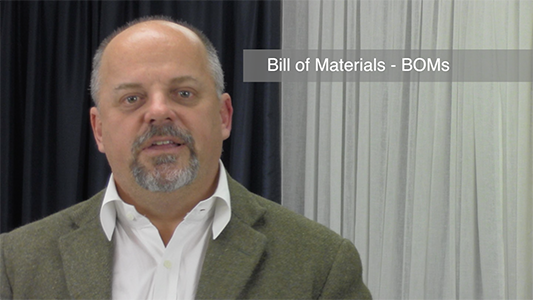Our CEO and founder, Steve Barcik Amstel has been sharing through this video series, the process to get your product from where it is today through certification, CE marking, UL or whichever standard you need to get your product to market. In our video today, he will be talking about how High Tech Design Safety can help you with another critical component and step to certification and detailing how to make it easier and much quicker.
Today our video is about bills of materials, BOMs and how they should be structured in order to go to a lab like ours or UL or any other lab.
Of course, you will need to have your list of parts and what those parts are. Now crucial to this effort is knowing the manufacturer’s name and the part number from the manufacturer. Now a lot of the times, we might see a distributor’s name and part number. Those are great and those are useful for your internal procurement; however, what we need to see is the manufacturer’s name and part number.
Now the next couple of columns, you might not normally put in your bill of materials, however, it is really good if they are there. They might include whatever rating the device is, voltage rating, current rating, interrupt capacity, pressure capacity, temperature capacity…All of these ratings need to be included.
Now here is the crucial point, if you are going to take your product for listing through UL or another body like that or to a certified body for broader global listing, you also need to include the details of the certifications for that part. So let’s say for example, you have a breaker. Let’s say a Siemens breaker, to pick someone out of the air, their part number and then their UL File number that says it is listed. This number will being with an e and be followed by 6-9 digits after it. Or in the next column, you could also say that it is CE marked and who it is marked by…maybe TUV or some other lab in Europe. Having these columns…the manufacturer’s name, manufacturer’s part number, ratings, and the listing numbers is going to make going through UL much easier.
If you don’t have these items together now, it is pretty easy to put together. The UL file numbers can be found in the UL directory. Even better yet is to find it on the cut sheet from the manufacturer. A lot of the time you will see things that say they are “listed by” or “certified by” or “designed to” and they aren’t really. So the easiest case is to get that document from the manufacturer or distributor and more difficult is for us to go look it up on UL’s website.
The BOMs is a very important document that shows us that the product is built to the standards and that each part that goes into the product is suitable for use.
One of the crucial things about bills of materials is having ALL of this data together. As you go through and do your part selection, and critical to your BOM is to also capture those cut sheets/spec sheet from each of the parts. An even better practice is to include a text box on the cut sheet/spec sheet with the part number on it and then go through and highlight the sections that indicate the part. What would be even more helpful is to also include at the bottom of the page where all of the certifications are listed, to highlight the certification numbers. This is critical because a lot of our clients don’t get this accomplished and then when we get close to time to go to UL and we are doing our design review and some of the parts might need to be replaced with a listed part or sometimes just because of the sheer number of parts, collecting this data after the fact is a very difficult process.
A company like High Tech Design Safety, HTDS, can help you with your bill of materials, BOMs. We can provide you with templates and we can also scrub those, looking for which parts aren’t suitable for use, and we can also help you populate your BOM or at least give you direction on how to do that. We are really here to help you include BOMs in your process so that you can get through UL certification and CE marking more quickly and easily.
If you need more information about Bill of Materials and how to structure BOMs then please contact us directly today!


